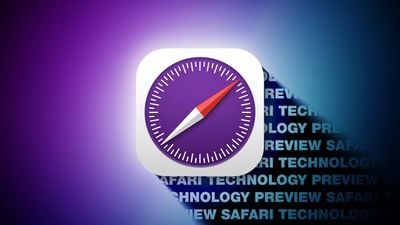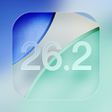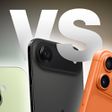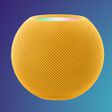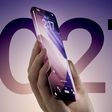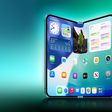On this year's final episode of The MacRumors Show, we take a look back at all of Apple's major announcements and new products from 2025.
In February, Apple introduced the
iPhone 16e, positioned as a replacement for the
iPhone SE as a lower-cost model, starting at $599. It offers the A18 chip and a 48-megapixel camera in an iPhone 13-style design, but with matte back glass, a USB-C port, and no
MagSafe. The device debuted Apple's custom C1 5G modem, replacing components from Qualcomm for the first time.
In March, Apple refreshed several iPads and Macs. The standard iPad was updated with the A16 chip, and noticeably still lacks Apple Intelligence support. The 11- and 13-inch iPad Air was refreshed with the M3 chip, and Apple released a redesigned Magic Keyboard for it. Apple also updated the MacBook Air with the M4 chip and introduced a new Mac Studio with M4 Max and M3 Ultra chip options.
At WWDC in June, Apple previewed its major software updates for the year. The biggest announcement was the introduction of Liquid Glass, an all-new design language for all of Apple's software platforms.
iOS 26 redesigned apps such as Phone and Photos, and added Live Translation with AirPods, a host of new features for Messages, and a new Games app. iPadOS 26 introduced a new, Mac-like multitasking system with windows, while macOS 26 Tahoe revamped Spotlight with a clipboard history feature and quick commands.
In September, Apple released its annual iPhone lineup update. The iPhone 17 features a larger display with ProMotion for refresh rates up to 120Hz and a 48-megapixel Fusion ultra-wide camera.
The iPhone 17 Pro and iPhone 17 Pro Max tout a completely new aluminum unibody frame with a large, full-width camera plateau and vapor chamber cooling. The telephoto camera received a major upgrade to 48-megapixels, with options for 4x and 8x optical zoom.
The iPhone Air arrived as a totally new iPhone option, replacing the "Plus" model in the lineup. Sitting between the iPhone 17 and the iPhone 17 Pro, the iPhone Air has a radically thin design with a polished titanium frame, and uses Apple's custom C1X and N1 connectivity chips. The device only has one rear camera, a single speaker, and supports eSIM only.
All of the new iPhones feature an A19 or A19 Pro chip, Ceramic Shield 2, a 18-megapixel Center Stage front-facing camera with a square sensor, and new color options. Apple also released updated charging and accessory products, including a new MagSafe battery designed specifically for the iPhone Air, TechWoven cases, and crossbody straps.
Apple refreshed its wearable and audio lineups in the same month. Apple Watch SE was updated with the S10 chip and an always-on display. The aluminum Apple Watch Series 11 gained stronger front glass and a slightly bigger battery, while the Apple Watch Ultra 3 gains satellite connectivity for the first time. Cellular models of the new Apple Watches feature 5G connectivity.
Apple also released the third generation of AirPods Pro, with improved active noise cancellation, a more refined design with ear tips that include foam, and heart-rate sensing.
In October, Apple updated the iPad Pro, 14-inch MacBook Pro, and Vision Pro with the M5 chip. The new Vision Pro also gained a new dual knit headband, promising improved comfort, along with better battery life, higher-refresh rate displays, more rendered pixels.
The MacRumors Show has its own YouTube channel, so make sure you're subscribed to keep up with new episodes and clips in 2026.
You can also listen to The MacRumors Show on Apple Podcasts, Spotify, Overcast, or your preferred podcasts app. You can also copy our RSS feed directly into your podcast player.
If you haven't already listened to the previous episode of The MacRumors Show, catch up to hear our discussion about Apple's plans to refresh the Studio Display and Pro Display XDR.
cent
Subscribe to The MacRumors Show for new episodes every week, where we discuss some of the topical news breaking here on MacRumors, often joined by interesting guests such as Kayci Lacob, Kevin Nether, John Gruber, Mark Gurman, Jon Prosser, Luke Miani, Matthew Cassinelli, Brian Tong, Quinn Nelson, Jared Nelson, Eli Hodapp, Mike Bell, Sara Dietschy, iJustine, Jon Rettinger, Andru Edwards, Arnold Kim, Ben Sullins, Marcus Kane, Christopher Lawley, Frank McShan, David Lewis, Tyler Stalman, Sam Kohl, Federico Viticci, Thomas Frank, Jonathan Morrison, Ross Young, Ian Zelbo, and Rene Ritchie.
The MacRumors Show is on X @MacRumorsShow, so be sure to give us a follow to keep up with the podcast. You can also head over to The MacRumors Show forum thread to engage with us directly. Remember to rate and review the podcast, and let us know what subjects and guests you would like to see in the future.



















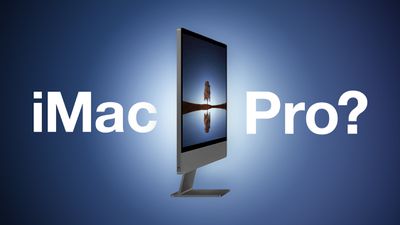

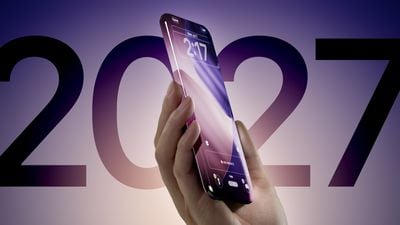




 Note: MacRumors is an affiliate partner with Amazon. When you click a link and make a purchase, we may receive a small payment, which helps us keep the site running.
Note: MacRumors is an affiliate partner with Amazon. When you click a link and make a purchase, we may receive a small payment, which helps us keep the site running.




